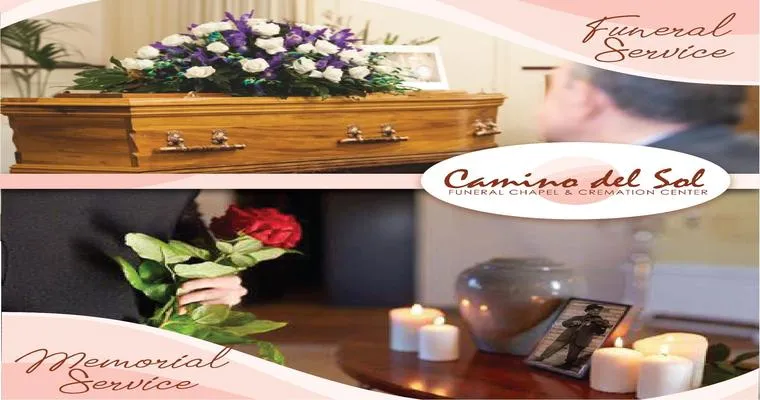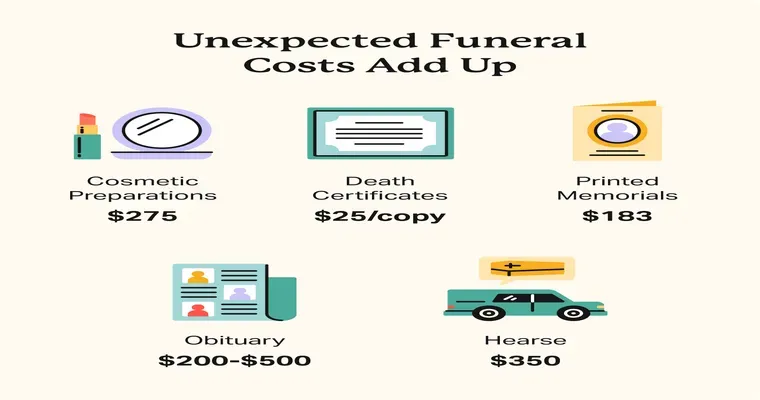When it comes to end-of-life decisions, choosing between a "burial" and a "cremation service" can be one of the most significant choices you will make. Each option carries its own set of traditions, costs, and emotional implications. Understanding these differences can help you make an informed decision that aligns with your preferences and values. Here are five essential differences between a burial and a cremation service that you should consider.
1. Process of Disposition
The most fundamental difference between a burial and a cremation service lies in the "process of disposition". A burial involves placing the deceased's body in a casket and interring it in the ground, often accompanied by a graveside service. In contrast, cremation involves the reduction of the body to ashes through high-temperature burning, which can subsequently be stored in an urn, scattered, or buried. This fundamental difference shapes the rest of the choices you will need to make.
2. Cost Considerations
When evaluating a burial versus a cremation service, cost is often a significant factor. Generally, "burial" tends to be more expensive due to the costs associated with a casket, burial plot, and other associated services such as headstones and maintenance. On the other hand, "cremation services" are usually less expensive, as they do not require a burial plot or casket. Understanding these financial implications can help you choose the option that fits your budget.
3. Environmental Impact
The environmental considerations of each option can also influence your decision. Traditional "burials" can have a more considerable ecological footprint due to land use, the materials used in caskets, and the embalming process, which often involves chemicals. In contrast, "cremation" is generally viewed as a more environmentally friendly option, as it requires less land and can be done without harmful chemicals. Some cremation services even offer eco-friendly options that minimize environmental impact further.
4. Cultural and Religious Traditions
Cultural and religious beliefs play a crucial role in the choice between "burial" and "cremation services". Certain religions have specific customs and traditions surrounding death that may dictate one option over the other. For instance, many Christian denominations traditionally favor burial, while Hinduism and Buddhism typically practice cremation. It is essential to consider these beliefs when making your decision, as they can provide comfort and meaning during a difficult time.
5. Personal Preferences and Legacy
Finally, personal preferences and how you wish to be remembered can greatly influence your choice. Some people feel a strong attachment to the idea of a burial, wanting to have a physical location where loved ones can visit, while others may prefer the simplicity and flexibility of "cremation". Additionally, cremated remains can be transformed into memorial items, such as jewelry or biodegradable urns, allowing for a personalized legacy. Reflecting on how you envision your legacy can guide you in making the right choice.
In conclusion, the decision between a "burial" and a "cremation service" is deeply personal and can vary based on many factors, including process, cost, environmental impact, cultural traditions, and personal preferences. By understanding these essential differences, you can make a well-informed choice that honors your values and those of your loved ones.





